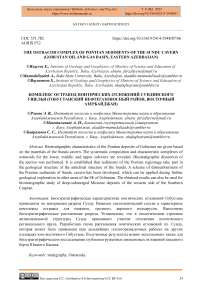The ostracod complex of pontian sediments of the Sundu cavern (Gobustan oil and gas basin, Eastern Azerbaijan)
Автор: Rzayeva Elnara, Mamedalizadeh A., Bayramova S.
Журнал: Бюллетень науки и практики @bulletennauki
Рубрика: Биологические науки
Статья в выпуске: 2 т.9, 2023 года.
Бесплатный доступ
Biostratigraphic characteristics of the Pontian deposits of Gobustan are given based on the materials of the Sundu cavern. The systematic composition and characteristic complexes of ostracods for the lower, middle, and upper sub-tiers are revealed. Biostratigraphic dissection of the section was performed. It is established that sediments of the Pontian regiostage take part in the geological structure of the anticlinal structure of the Sundu. A scheme of dismemberment of the Pontian sediments of Sundu cavern has been developed, which can be applied during further geological exploration in other areas of the SE of Gobustan. The obtained results can also be used for biostratigraphic study of deep-submerged Miocene deposits of the western side of the Southern Caspian.
Stratigraphy, ostracoda
Короткий адрес: https://sciup.org/14127158
IDR: 14127158 | УДК: 551.782 | DOI: 10.33619/2414-2948/87/06
Текст научной статьи The ostracod complex of pontian sediments of the Sundu cavern (Gobustan oil and gas basin, Eastern Azerbaijan)
Бюллетень науки и практики / Bulletin of Science and Practice
UDC 551.782
The richest oil reservoirs of the productive strata of the Absheron Peninsula and adjacent areas are underlain by sediments of the Pontian sediments studied by us. The study of this stage is of great scientific and practical importance. The Pontian stage, due to its location under the deposits of a powerful series of oil sands, sandstones and other rocks of productive stage, has long attracted the attention of geologists.
The discovery of the Pontian stage in Azerbaijan, a comprehensive study of its fauna and stratigraphic position, the fractional dismemberment of these deposits and the clarification of the paleogeographic situation belong to major researchers of the Neogene [5, 6, 10, 11].
For the first time in Azerbaijan, Pontian deposits were discovered by N. I. Andrusov (1895) in the Shamakhi district, but many other points of Gobustan were also covered by the research of the named author [5, 6].
B. G. Vekilov has been studying the Pontian deposits of Eastern Azerbaijan for a number of years. He (1962) examines in detail the history of the study of the Pontian deposits of Azerbaijan, their distribution, lithofacial characteristics, relationship with underlying and overlapping deposits [8].
A comprehensive study has established that deposits of the Pontian stage of Azerbaijan are distributed on the Absheron Peninsula, in Gobustan, Shamakhi district, the Akhsu-Geokchai interfluve and in places in the northeastern regions of the republic. To the west of Geokchai, these deposits are developed only in the continental facies; in the northern part of Azerbaijan, there are no more or less complete sections.
Materials and method
Micropaleontological examination of samples was carried out in the laboratory in the following stages. At the first stage, the samples are first examined visually. This is done through magnifying glasses 10-20 times. The sample is crushed with 5-10% sodium carbonate solution (Na 2 CO 3 ) or 10% hydrogen peroxide solution, depending on the composition of the rock. Since clay rocks or relatively hard samples do not soften during normal soaking, such samples are cooked in refractory cups on an electric furnace. Then the samples are washed through a 63-micron sieve to remove silt and clay particles, and then placed in a special drying cabinet for drying. Dried samples are fractionated, and microfauna remains are extracted from the rock under a microscope using a thin pen or a conventional needle (microfauna selection). [1, 16] After completion of all technical operations related to the isolation of microfauna from rocks, the systematic composition of microfauna is studied in the laboratory using a Nikon biological microscope with magnified.
North-western Gobustan. Section of Pontian sediments near the village of Sundu of the Marazinsky plateau. The investigated area is bounded by: from the west — the Pirsagat River, from the south – the ledge at Myarzandian and Chukhannami, from the east — Ajidara and from the north — the cliffs of Hilaalidash; it stretches in an almost continuous strip to the Absheron Peninsula (Figure 1, 2). Here N. I. Andrusov (1917) identified the most characteristic section.
As a result of an in-depth study of the described area, N. I. Andrusov (1909, 1917, 1923), K. A. Alizade (1940) and B. G. Vekilov (1944) came to the conclusion that Pontian deposits are divided into three substages and, without noticeable angular disagreement, pass into Meotian layers with fish remains. We were also able to separate these substages.
Lower substage. The lower sublayer of the Pontian stage is represented by brownish gray, poorly sorted obliquely layered clay sands with subordinate interlayers of gray clays and conglomerates in the lower part, with alternating brown and gray dense sandstones, rarely gray sandy clays in the middle part and with grayish-brown sands, clays and yellowish-brown limestone shells in the upper part of the section (Figure 3).
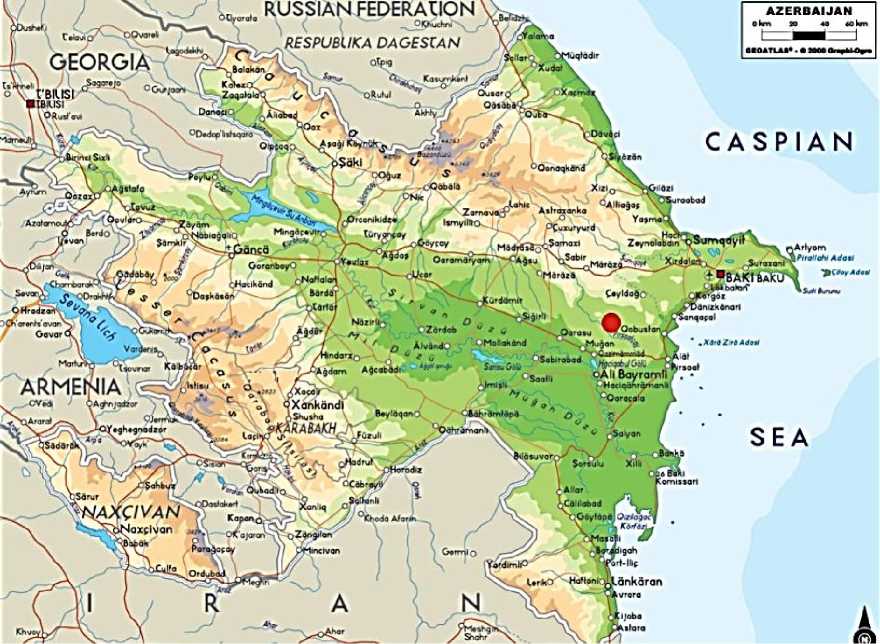
Figure 1. Azerbaijan, Gobustan OGB
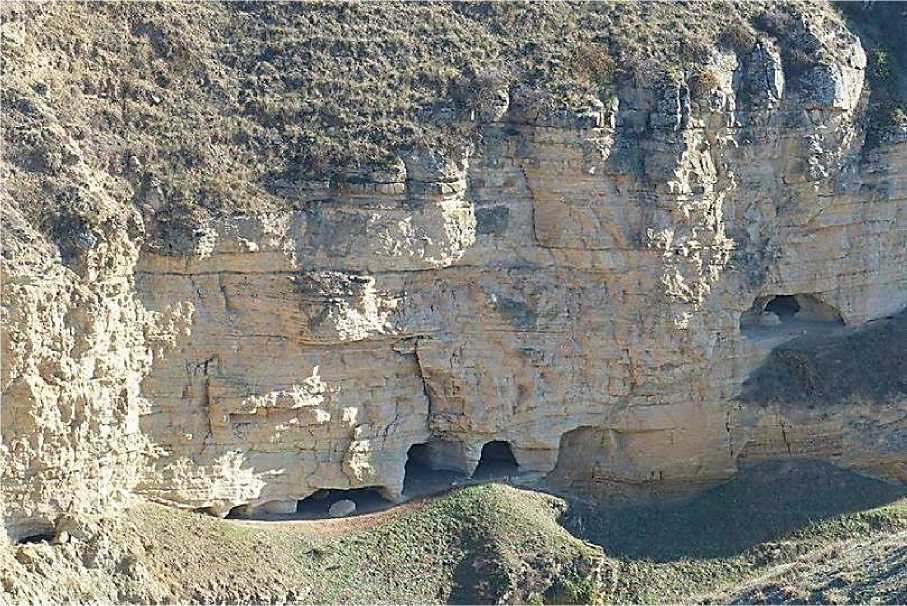
Figure 2. Gobustan, Sundu cavern
Микропалеонтологические остатки
Pontoniella acuminata (Zalany), P. lo czyi (Zalany), Xestoleberis lutrae (Schneider), Loxo concha djaffarovi (Schn .) Leptocythere rosalinae (Schn.), L. praebacuana (Livental), Cytherura pyramis (Schn.)
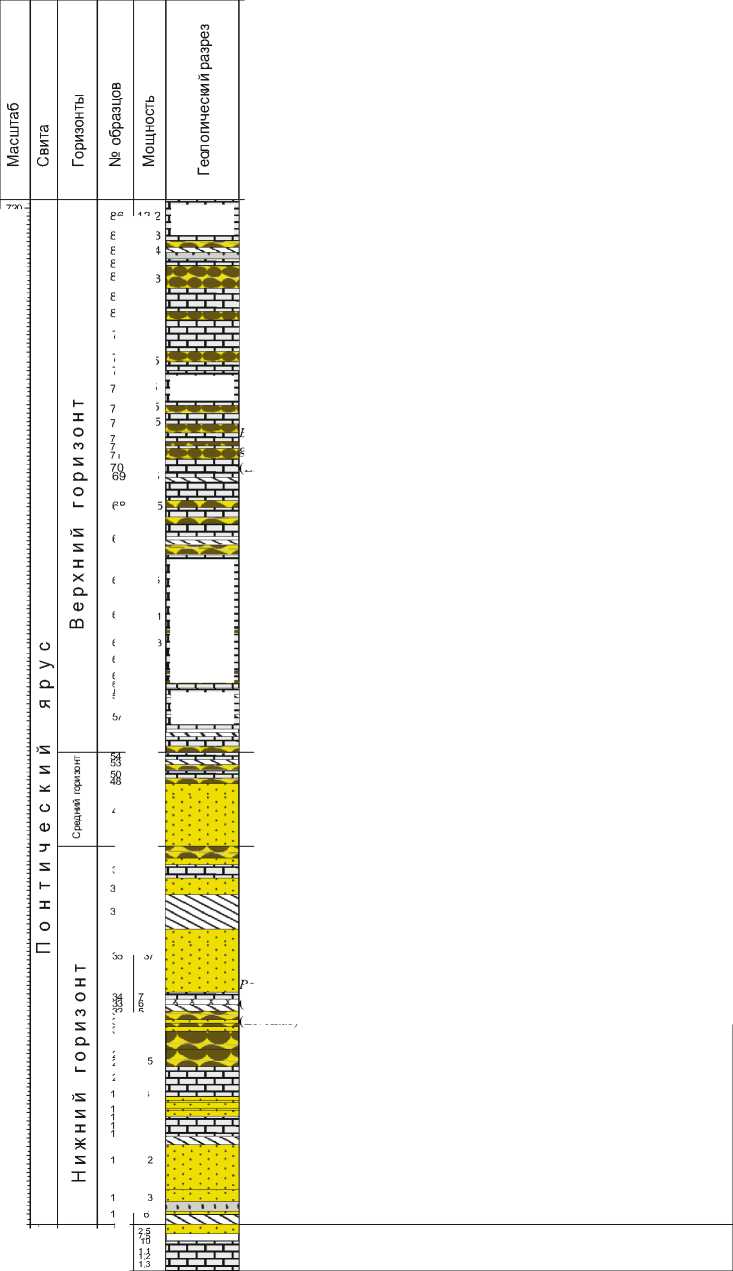
Figure 3. Stratigraphic distribution of the Pontian sediments of the Sundu cavern
20 о §
10 I * 5
0b

12,2
12,3
12,4
13,3
5,5 7
6,5
19,5
-1,5


34,5
0 0
38,3
5 5,5
-2
1,5 6,5
1,5
Bacuniella dorsoarcuata (Zalany), Caspio lla g racilis (Livental), Loxoconcha gibboida (Livental), Lepto cythere cellula var frequens (Livental), L. pr opinq ua (Livental), L. pontica (Scheid.), L. cellula Liv. var. ps eud orosal ina (Scheid.) etc.
41,5
-1
8,5 7


Pontoniella loczyi (Zalany), Leptocythere multitu berculata (Livental), L. bacuana (Livental), L. subcasp ia (Livental), L. chalilovi (Scheid.), Caspiocypris candida
Livental)
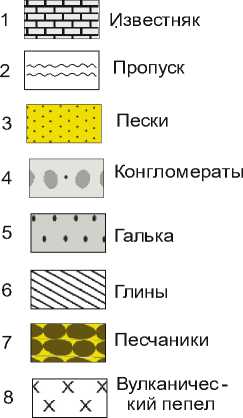
At the base of the thickness, 115-125 m from the bottom of the lower horizon, there is a 3-meter layer of whitish volcanic ash. In the lower and middle parts, as well as in the roof of the lower Pontian deposits, interlayers of conglomerates consisting of large and small rolled and semi-rolled pebbles
Бюллетень науки и практики / Bulletin of Science and Practice Т. 9. №2. 2023 are observed. Such a composition of rocks indicates their coastal-shallow nature. The thickness of the Lower Pontian deposits is 218 m. Macrofaunistically, this horizon is characterized quite richly in comparison with that of the Jorat section: Congeria panticapaea Andrusov, 1897, C. novorossica (Sinzov, 1876), Dreissensia simplex (Barbot de Marny, 1869), D. tenuissima Sinzov, 1875, Prosodacna littoralis (Eichwald, 1850), Didacna novorossica, Monodacna pseudocatillus (Abich, 1869), Neritina sp., Helix sp. [8].
At the same time, there is no microfauna characteristic of the Jorat section in this sublayer. This peculiarity is probably explained by the different conditions of fauna development in these two areas. Of the microfauna found here, ostracods are the most characteristic: Bacunella dorsoarcuata (Zal.), Caspiella acronasuta (Liv.), Caspiocypris candida (Liv.), Leptocythere nona Liv., Cyprideis littoralis (Brady, 1870) (Figure 4-46).
Middle sublayer. The middle sublayer of the Pontian stage is represented in the Sundu cavern by gray and dark gray fine-grained sands, greenish-gray sandy clays, as well as an alternation of yellowish-brown limestone shells, brownish-gray sandy clays, sands and sandstones; above there is a layer of white volcanic ash, indicating intense volcanic activity in the Caucasus during the deposition period this horizon is a show-off. The horizon ends with light brown dense sandstones (Figure 3).
The thickness of the middle sublayer is 55.5 m.
Of the macrofauna, we note the following: Paradacna abichi (R. Hoernes, 1874), Chartoconcha bayerni (R. Hoernes, 1874), Monodacna subdentata Desh., Didacna lutrae Andrusov, 1909, Melanopsis mitraeformis Andrusov, 1909, M. bonellii Manzoni, 1870, Zagrabica sp. , Micromelania sp. [8].
According to our data, the characteristic species of ostracods here are the following: Xestoleberis lutrae Schn., Pontoniella acuminata (Zalany), Loxoconcha djaffarovi (Schneider), L. petasa Liv., L. eichwaldi (Livental), Leptocythere propinqua (Sars, 1869) Sars, 1925, L. multituberculata Liv., Leptothere olivina Livental, Cytherura kobiensis (Schneider) (Figure 4-46).
Faunistically, the middle horizon of the Pontian is characterized relatively richly.
Upper substage. The upper substage of the Pontian stage in the Sundu cavern is mainly represented by yellowish-gray, brownish-gray and grayish-white thick-layered detritus, in places of oolitic structure or nostrous shell limestones with thin layers of gray clays and yellowish-gray dense sandstones (Fig. 3).
The thickness of the upper sublayer of the Pont is 335 m.
Of the mollusks, the following are noted: Congeria subcarinata (Deshayes, 1838), Dreissensia anisoconcha Andrusov, 1893, Didacna sundica Andrusov, 1909, D. depereti Andrusov, 1909, D. lutrae Andrusov, 1909, D. subdentata Andrus., Cardium negativum Andrusov, 1909, Zagrabica spiridionis Andrusov, 1909, Z. rugosa Andrusov, 1909., Neritina sundica Andrusov, 1909. [8].
According to our data, the upper substage is microfaunistically characterized by the following types of ostracods: Caspiocypris filona (Liv.), Leptocythere andrussovi Liv., L. subcaspia , L. cellula , Amnicythere palimpsesta (Livental), A. saluta (Livental), Cyprideis littoralis (Brady, 1870), Cytherissa bogatschovi (Liv.), Leptocythere quinquetuberculata (Schw.), L. bosquety (Livental) (Figure 4-6).
The Upper Pontian limestones of the described substage make up the richest reserves of building material. Thin layers of clays poor in microfauna are rarely found between limestones. Conclusion. The analysis of the vertical distribution of ostracods gave us the basis for dividing the Pontian deposits into three substage: lower (Novorossiysk), middle (Binagadi), upper (Babajan). Of the Pontian ostracods, the most numerous were species from the genus Leptocythere, and in some places Loxoconcha; there are up to 28 species, and many of them are guiding for the Pontian stage.
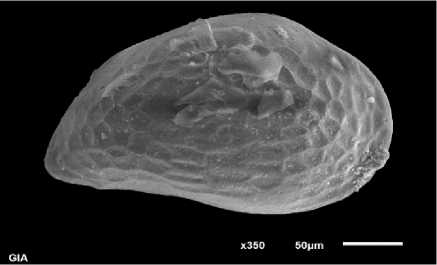
Figure 4. Bacuniella dorsoarcuata (Zalany)
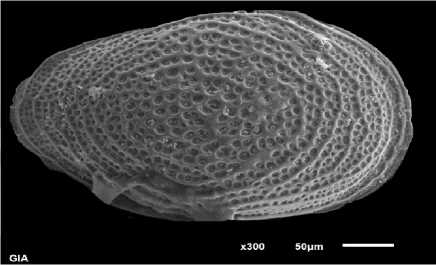
Figure 5. Loxoconcha eichwaldi (Livental)

Figure 6. Pontoniella acuminata (Zalany)
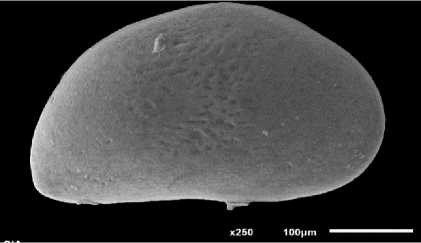
Figure 7. Candona sp.
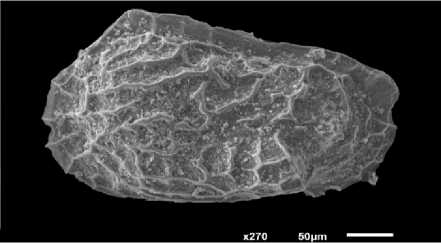
Figure 8. Amnicythere sp.
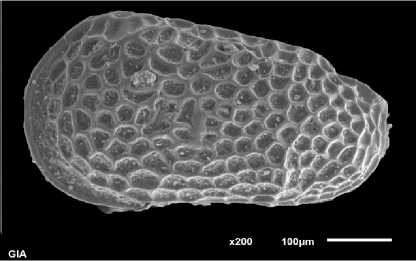
Figure 9. Amnicythere palimpsesta (Livental)
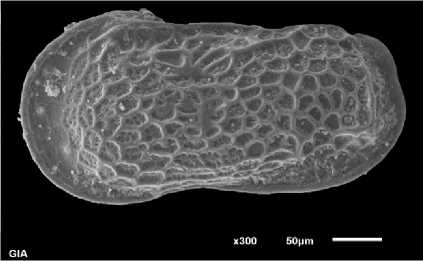
Figure 10. Amnicythere saluta (Livental)
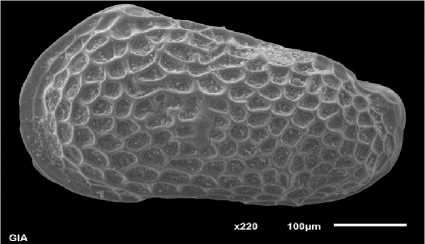
Figure 11. Leptocythere palimpsesta (Livental)
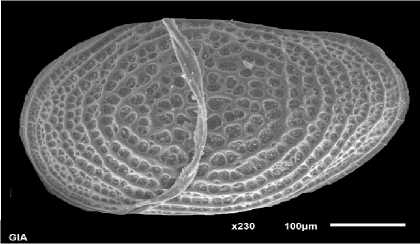
Figure 12. Loxoconcha eichwaldi (Livental)
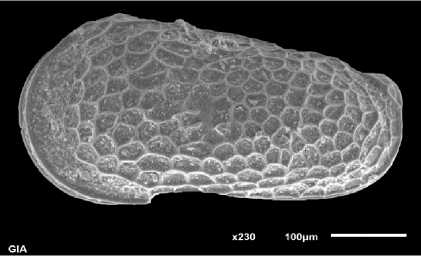
Figure 13. Leptothere olivina Livental
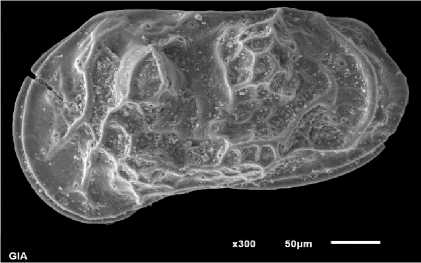
Figure 14. Leptocythere cellula
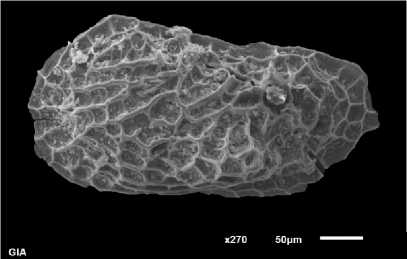
Figure 15. Loxoconcha djaffarovi (Schneider)
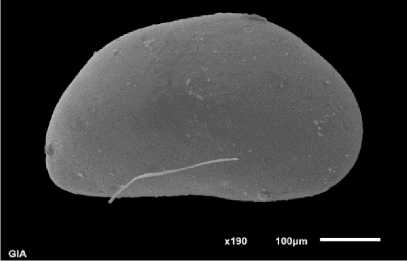
Figure 16. Candona sp.
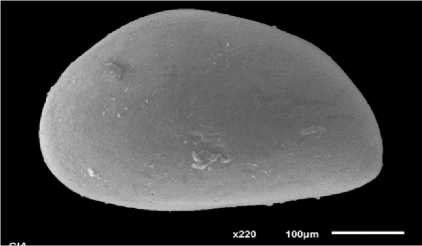
Figure 17. Candona sp.
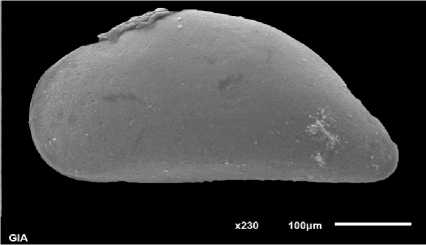
Figure 18. Pontoniella acuminata (Zalany)
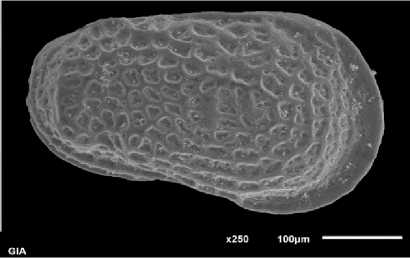
Figure 19. Leptocythere sp.
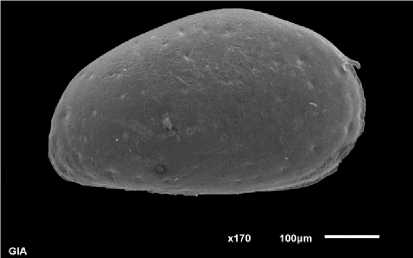
Figure 20. Cytherissa sp.
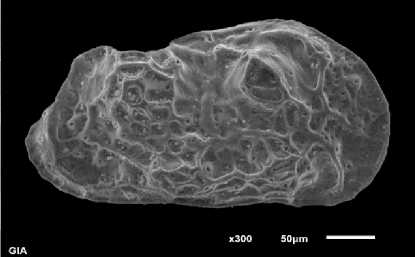
Figure 21. Leptocythere sp.
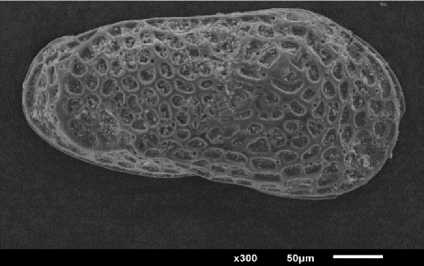
Figure 22. Leptocythere sp.
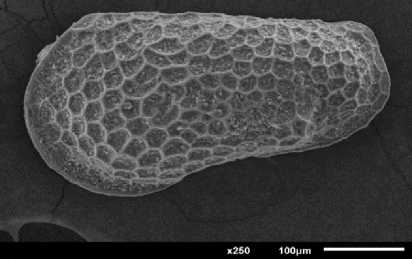
Figure 23. Leptocythere sp.
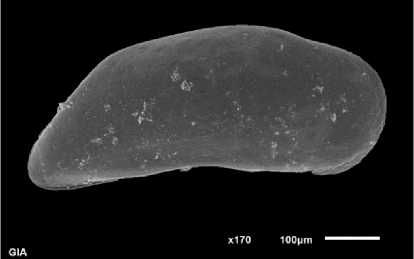
Figure 24. Pontoniella acuminata (Zalany)
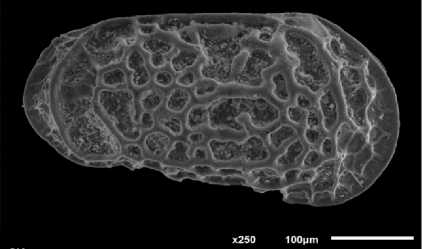
Figure 25. Leptocythere cellula
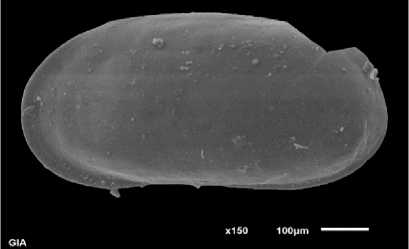
Figure 26. Leptocythere sp.
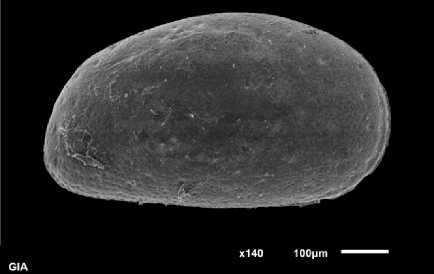
Figure 27 . Cyprideis littoralis (Brady, 1870)
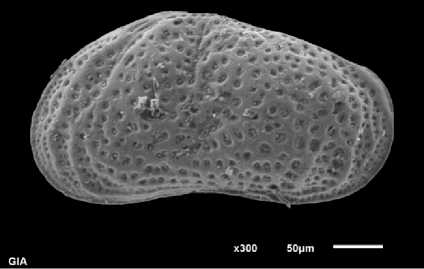
Figure 28. Leptocythere sp.
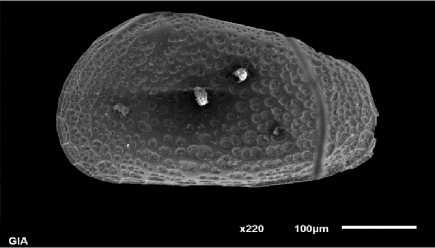
Figure 29. Cythereis sp.
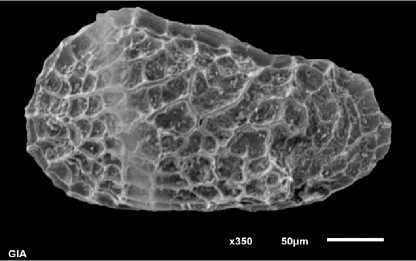
Figure 30 . Loxoconcha djaffarovi (Schneider)

Figure 31 Cytherura kobiensis (Schneider)
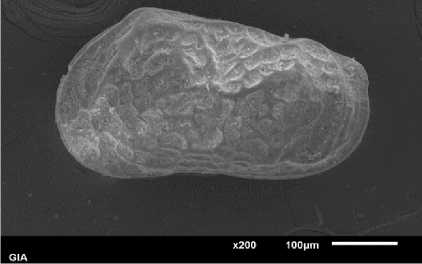
Figure 32. Leptocythere (Amnicythere) cellula
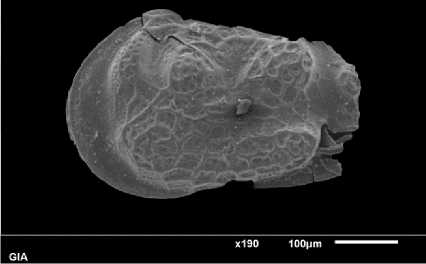
Figure 33 . Leptocythere multituberculata (Livental)
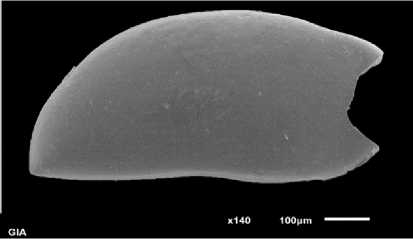
Figure 34. Caspiella acronasuta (Livental)
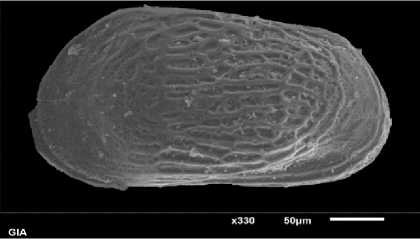
Figure 35. Leptocythere sp.
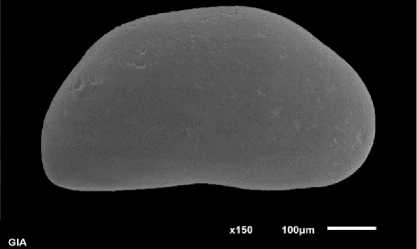
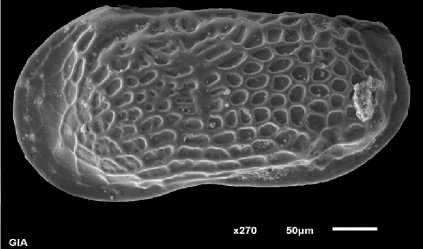
Figure 37. Amnicythere saluta (Livental
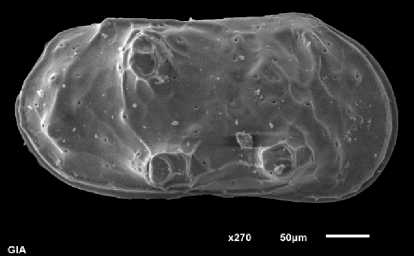
Figure 38. Leptocythere quinquetuberculata (Livental)
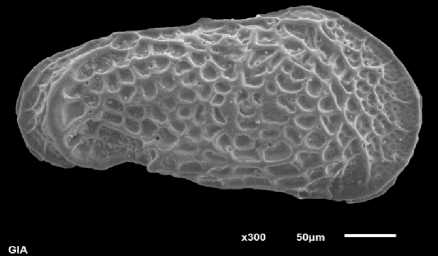
Figure 39. Leptocythere bosquety (Livental)
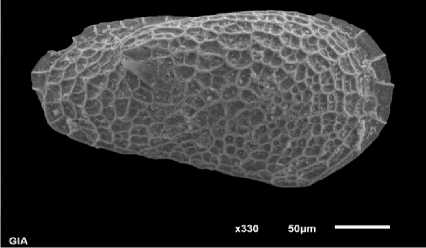
Figure 40. Loxoconcha djaffarovi (Schneider)
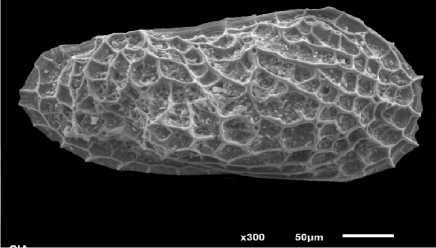
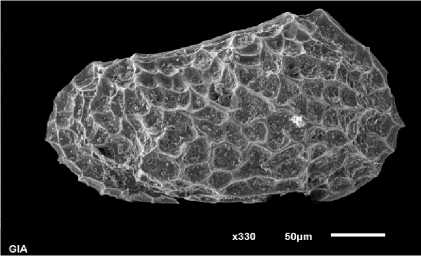
Figure 41. Loxoconcha djaffarovi (Schneider)
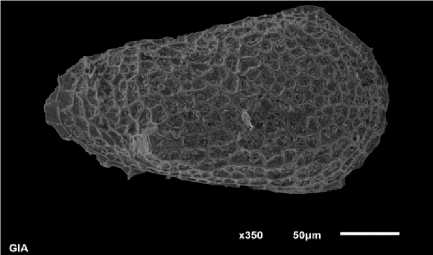
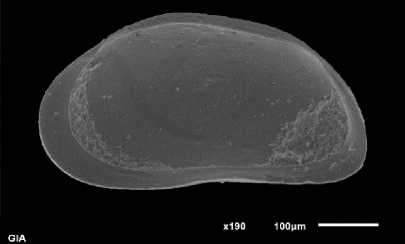
Figure 42. Candona sp.
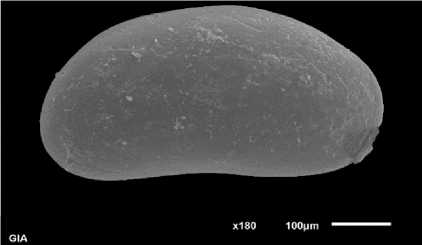
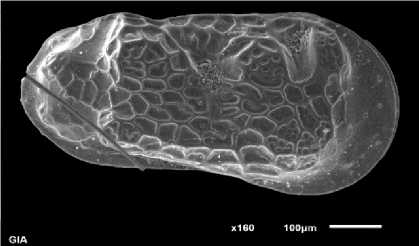
Figure 43. Leptocythere multituberculata
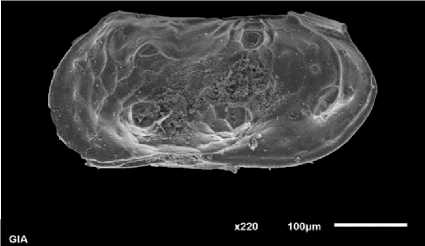
Figure 44. Leptocythere cellula
(Livental)
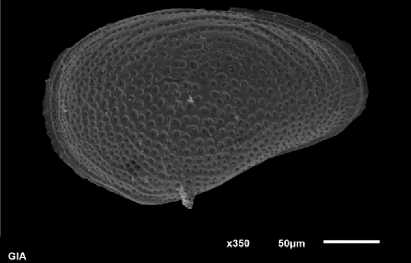
Figure 45. Loxoconcha sp.
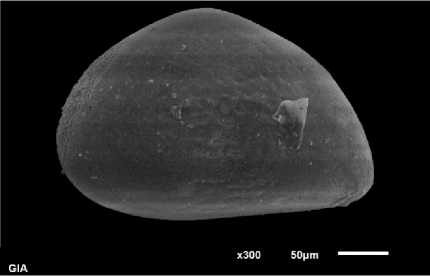
Figure 46. Xestoleberis sp.
Список литературы The ostracod complex of pontian sediments of the Sundu cavern (Gobustan oil and gas basin, Eastern Azerbaijan)
- Agalarova, D. A., Dzhafarov, D. I., & Khalilov, D. M. (1940). Spravochnik po mikrofaune tretichnykh otlozhenii Apsheronskogo poluostrova. Baku. (in Russian).
- Agalarova, D. A., Kadyrova, Z. L., & Kulieva, S. A. (1961). Ostrakody pliotsenovykh i postpliotsenovykh otlozhenii Azerbaidzhana. Baku. (in Russian).
- Agalarova, D. A. (19670. Mikrofauna ponticheskikh otlozhenii Azerbaidzhana i sopredel'nykh raionov. Leningrad. (in Russian).
- Alizade, K. A. (1940). Materialy k parallelizatsii ponticheskikh otlozhenii vostochnogo Azerbaidzhana. In Sbornik statei. Baku. 62-74. (in Russian).
- Andrusov, N. I. (1902). Geologicheskie issledovaniya v Shemakhinskom uezde Bakinskoi gubernii letom 1901 g. Izvestiya geologicheskogo komiteta, 21(5), 151-160. (in Russian).
- Andrusov, N. I. (1917). Ponticheskii yarus. In Geologiya Rossii, Peterburg, 2(2), 1-41. (in Russian).
- Babazade, A. D. (2001). Osobennosti raspredeleniya fauny i raschlenenie eotsen-miotsenovykh otlozhenii v raione Mekhtiabad (Apsheronskii poluostrov). Trudy Azerbaidzhanskogo paleontologicheskogo obshchestva, (4), 87-93. (in Russian).
- Vekilov, B. G. (1962). Ponticheskii yarus Vostochnogo Azerbaidzhana. Baku. (in Russian).
- Geologiya Azerbaidzhana (2007). In I, Stratigrafiya, Baku.
- Golubyatnikov, D. V. (1904). Glavneishie rezul'taty geologicheskikh rabot, proizvedennykh na Apsheronskom poluostrove v 1903 g. Izvestiya geologicheskogo komiteta, 23(5-6), 57-65. (in Russian).
- Gubkin, I. M. (1914). Geologicheskie issledovaniya v severo-zapadnoi chasti Apsheronskogo poluostrova. Sumgaitskii planshet, 33(4), 45-56. (in Russian).
- Rzaeva, E. V. (2020). Istoriya izuchennosti mikrofauny verkhnemiotsenovykh otlozhenii Shemakha-Kobystanskogo raiona (Vostochnyi Azerbaidzhan). Scitechnology, (26), 3-6. (in Russian).
- Sheidaeva, Kh. M. (1966). Ostrakody ponticheskogo yarusa Vostochnogo Azerbaidzhana. Baku. (in Russian).
- Babazadeh, А. D. (2011). Micropaleontological investigation of the South Caspian lower Pliocene Productive Series. Stratigraphy and Sedimenthology of oil-qas basins, (2), 3-14.
- Babazadeh, A. D., Allahverdiyeva, H. A., Guliyeva, B. A., Farzaliyeva, E. V. & Asgarov, T. E. (2019). Miocene biostratigraphy in the Southeastern Gobustan (south caspian basin) by data of well#101, kanizdagh field. Stratigraphy and Sedimenthology of oil-qas basins, (1), 3-20.
- Stoica, M., Lazăr, I., Krijgsman, W., Vasiliev, I., Jipa, D., & Floroiu, A. (2013). Paleoenvironmental evolution of the East Carpathian foredeep during the late Miocene–early Pliocene (Dacian Basin; Romania). Global and Planetary Change, 103, 135-148. https://doi.org/10.1016/j.gloplacha.2012.04.004

